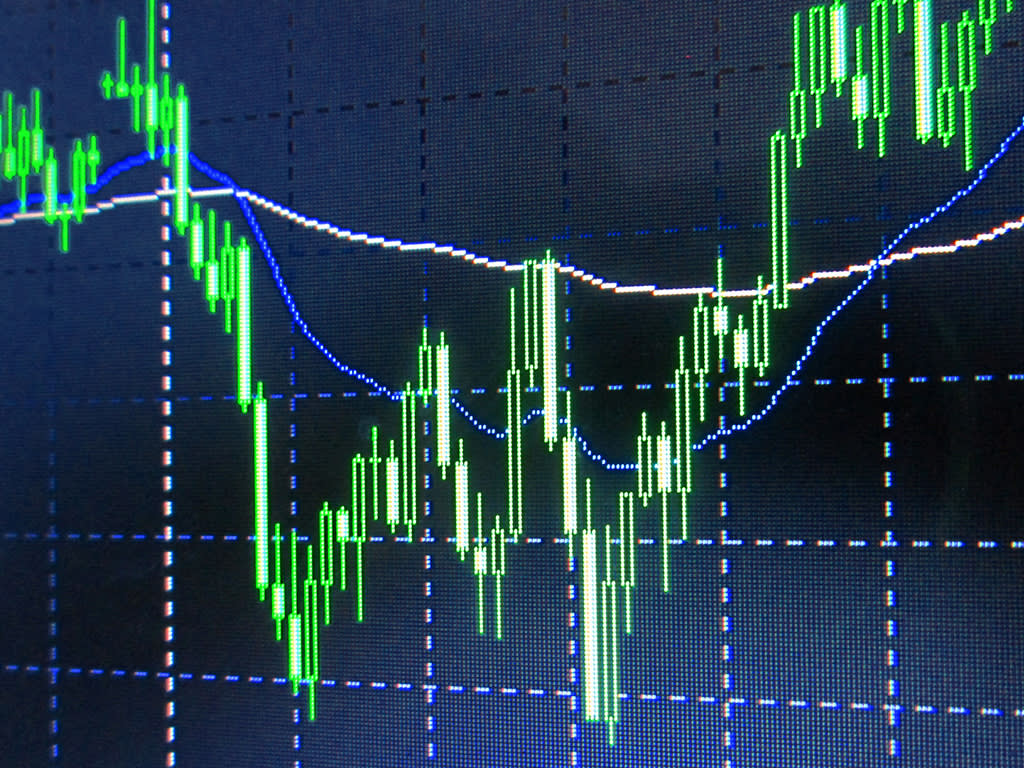“Time in its aging course teaches all things.”- Aeschylus, Prometheus Unbound
There is a narrative that, while not held universally, is being offered with increasing frequency by the mavens of economic and financial market wisdom. The Federal Reserve, widely castigated only several months ago for having allowed the inflation genie to escape, is viewed by some as about to embark upon a serious policy error. In their view, the economy is slowing and too weak to endure the pain of higher interest rates. The stock market, that measure of all things good and true, may riot and force another round of Quantitative Easing next year. Inflation, while currently high, is likely to be transitory and since it’s not being supported by a notable increase in the quantity of money globally is anyway not really inflation in terms of too much money chasing too few goods. This all may prove to be true but being sympathetic to the belief that the markets, like the Greek gods of yore, delight in tormenting humanity through their proffering of the unexpected, perhaps there is another reality unfolding before us and if not yet widely seen is an apparition that will become increasingly apparent to and expressed by the financial markets in the next several months.
Since the Global Financial Crisis of 2007-2008 the world’s central bankers have been faced with the quandary of the zero bound, their inability to create levels of interest rates of less than 0%. With very low levels of inflation in the years since then the inflation adjusted interest rate, while negative, has been only modestly so, as central bankers have persistently fallen short of achieving their targeted levels of inflation of 2%. What if the upward pressure on prices continues to persist through next year resulting in price increases of 4%? Voila! The world has been given the gift of an effective interest rate reduction of 2%. The positive effects of interest rates now materially below inflation rates, married to a level of economic demand that will not allow the demand for money to deliver a material increase in interest rates for at least the next several quarters, could deliver a magical elixir that the world needs but is not yet aware of its being offered.
480.5%, 362.6%, 248.1%, 246.5% and 126.8%. Those are the ten year returns for the S&P 500 Growth stocks, the S&P 500, the S&P 500 Value stocks, the Russell 2000 (US small cap stocks) and the MSCI EAFE (foreign developed markets). So large cap US stocks (the S&P 500) have outperformed their small cap brethren by 50% and foreign markets by nearly 300%. Believers that every dog, even the mangy beasts inhabiting the space outside of the S&P 500, must have its day, were hearted by the performance of the equity markets at the start of the year. On March16th the Russell 2000 was +17.66%, S&P 500 Value stocks +10.50% and S&P 500 Growth stocks +1.76%. Disappointing proclaimers of portfolio diversification though growth stocks outperformed value by two to one through the remainder of the year with small cap stocks actually declining 2.4%.
December’s market was an interesting close to an interesting year. The S&P 500’s 4.48% return for the month contributed neatly to its 11.03% return for the 4th quarter but where those returns came from was the best part of the story. Utility stocks returned 9.69%, more than half of their 17.69% return for the year. Consumer Staple stocks returned 10.45%, more than 3/5th of their 17.20% 2021 return and Health Care stocks 9.02%, more than a third of their 26.04% 2021 return. The winner of the prize for 2021’s best sector? Energy stocks 53.31% followed by Real Estate’s 46.08%. Perhaps December’s market might best be remembered as a month in which money did not want to exit the market, hence its closing within a whisker of its December 28th all- time high, but lacking a high level of conviction as to where in the market it wanted to be.
So, we close the curtains on 2021. For investors it was a year offering returns very similar to those of 2020’s and those were more than passing fair so many are looking at portfolio returns of 25% to 30% for those two years. 60/40 equity/fixed income investors were looking at 10% returns at the end of the 2nd quarter but the 3rd quarter was modestly negative, so the 4th quarters 3.7% return is what allowed client’s to experience a 12.35% return for the year. Happy New Year!
Mark H. Tekamp/January 3, 2021


